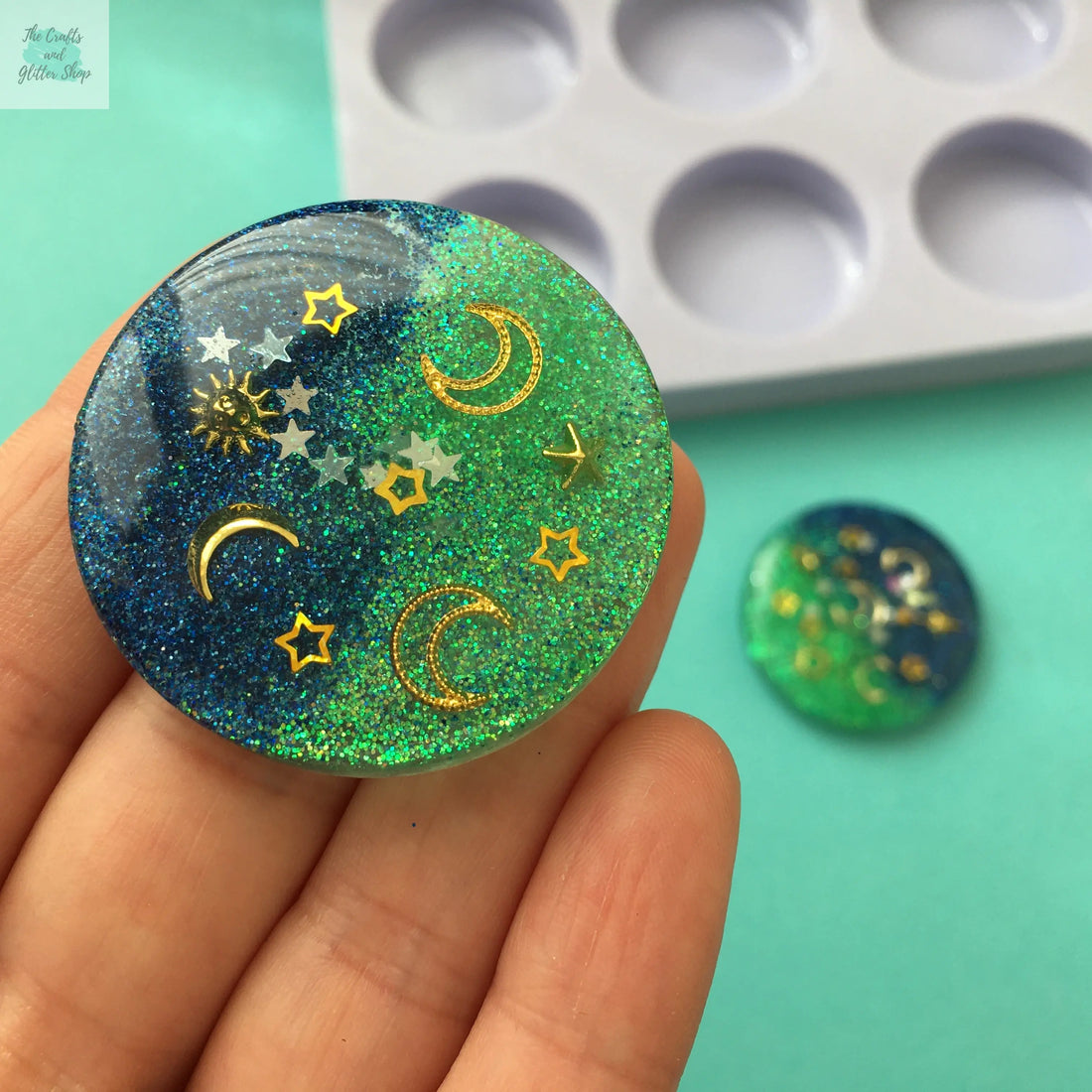
Maximize Your Resin Crafting Skills with These Expert Tips
Share
Resin is a versatile material that is used in a wide range of applications, from art and crafts to industrial manufacturing. But is all resin the same? In this blog post, we will explore the different types of resin and their unique properties.
Are All Resins the Same?
No, all resins are not the same. Each type of resin has its own unique properties and applications. The choice of resin depends on the specific requirements of the project. Factors such as strength, durability, flexibility, and transparency need to be considered when selecting the appropriate resin.
Why does resin vary in its properties?
Resin, a versatile material used in various industries, can vary in its properties due to a range of factors. These factors include the type of resin, the manufacturing process, and the specific additives used. Different resins have different chemical compositions, resulting in variations in their curing time, strength, and temperature requirements.
What is the ideal temperature for curing resin?
The ideal temperature for curing resin depends on the specific type of resin being used. Generally, most resins require a temperature range of 70 to 80 degrees Fahrenheit (21 to 27 degrees Celsius) for proper curing. However, it is important to note that some resins may have different temperature requirements, so it is crucial to refer to the manufacturer's instructions for the specific resin being used.
Why is it important to apply a minimum depth of resin?
Applying a minimum depth of resin is essential to ensure that it reaches the ideal temperature for curing. When resin is applied in a thin layer, it can cool down more quickly, making it difficult for the curing process to occur properly. By applying a minimum depth of resin, the heat generated during the curing process is retained, allowing the resin to reach and maintain the ideal temperature for proper curing.
How can you ensure proper curing of resin?
To ensure proper curing of resin, it is important to follow these steps:
- Measure and mix the resin and hardener according to the manufacturer's instructions.
- Apply the resin to the desired surface, ensuring a minimum depth is maintained.
- Place the project in a controlled environment with a temperature within the recommended range for curing.
- Avoid disturbing the resin during the curing process to prevent any imperfections.
- Allow the resin to cure for the recommended duration specified by the manufacturer.
- After curing, ensure proper ventilation to allow any residual fumes to dissipate.
Resin varies in its properties due to factors such as the type of resin, manufacturing process, and additives used. To ensure proper curing, it is important to apply a minimum depth of resin and maintain the ideal temperature range specified by the manufacturer. By following the recommended steps and guidelines, you can achieve optimal results when working with resin.
